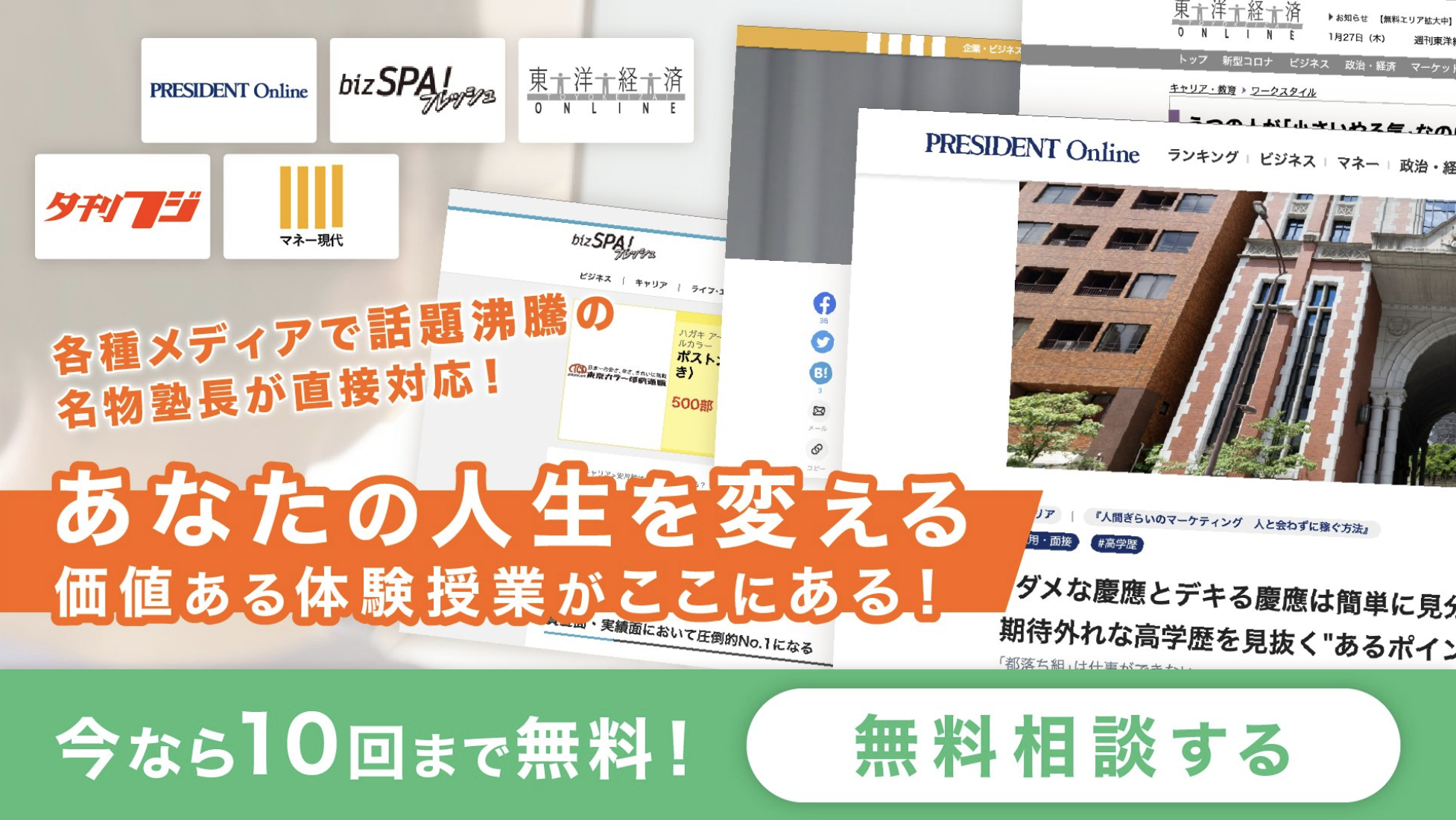For more than 500 years, the bulk of human knowledge and information has been stored as paper documents. You’ve got one in your hands right now (unless you’re reading this from a CD-ROM or a future on-line edition). Paper will be with us for the foreseeable future, but its importance as a medium for finding, preserving, and distributing information is already [1]( 1. expanding 2. diminishing 3. stabilizing).
When you think of a “document,” you probably visualize one or more pieces of paper with print on them, but that’s a narrow definition. A document can be any body of information. A newspaper article is a document, but the broadest definition of the word includes a Web page, a TV show, a song, or an interactive video game. Because all kinds of information can be stored in digital form, documents containing all kinds of information will get easier and easier to find, store, and send across a network. Paper is more [2] (1. suitable 2. reliable 3. awkward) to store and transmit, and its content is pretty much limited to text with drawings and images. A digitally stored document can be made [3] (1. out with 2. up with 3. up of) photos, video, audio, programming instructions for interactivity, animation, or a combination of these elements and others.
We will be able to do things with these rich electronic documents we could never do with pieces of paper. The future net work’s powerful database technology will [4](1. allow 2.replace 3. require) documents to be indexed and retrieved by means of interactive exploration. It will be extremely cheap and easy to distribute them. These new digital documents will replace many printed paper documents because they’ll be able to help us in new ways.
But let’s not sell paper documents short. The paper-based book, magazine, or newspaper still has a lot of advantages [5](1. upon 2. over 3. with) its digital counterpart. A newspaper offers a wide field of vision, good resolution, portability, and ease of use. A book is small, lightweight, high-resolution, and inexpensive compared to the cost of a computer or some other information appliance you need to read a digital document. For at least a decade, it won’t be as convenient to read a long, sequential document on a computer screen as on paper. {I’ll admit that I’ve done a lot of the editing of this book with a pen on paper. I like reading text on paper.} The first digital documents that achieve widespread use will offer new [6] (1. functionality 2. productivity 3. reliability) rather than simply duplicate the older medium. After all, a television set is larger, more expensive, and [7] (1. more cumbersome 2. more widespread 3. more convenient) and offers lower resolution than a book or a magazine, but that hasn’t limited TV’s popularity. Television brought video entertainment into our homes, and it was so [8] (1. aggravating 2. enduring 3. compelling) that television sets found their place alongside our books and magazines.
Ultimately [9](1. implicit 2. incremental 3. incidental) improvements in computer and screen technology will give us a lightweight, universal electronic book, or “e-book,” that will approximate today’s paper book. Inside a case roughly the same size and weight as today’s hardcover or paperback book, you’ll have a display for high-resolution text, pictures, and video. You’ll be able to [10](1. write 2. flip 3. edit) pages with your finger or use voice commands to search for the passages you want. Any document on the network will be accessible from such a device.
But the real point of electronic documents is not simply that we’ll read them on hardware devices. Going from paper book to e-book is just the final stage of a process already well under way. The significant aspect of digital documents is the [11] (1. reinstallation 2. replacement 3. redefinition) of the document itself, which will cause dramatic repercussions. We’ll have to rethink not only what we mean by the term “document” but also what we mean by “author,” “publisher,” “office,” “classroom,” and “text.”
Whenever a new medium comes on the scene, its early content is brought over from other media. But to take best advantage of the capabilities of the electronic medium, content needs to be specially authored with the medium in mind. Up until just recently most of the on-line content we’ve seen has been [12] (1. “dumped” 2. “rejected” 3. “expelled”) from another source. Magazine and newspaper publishers took text already created for paper editions and simply shoved it on-line, often [13] (1. adding 2. modifying 3. deleting) the pictures, charts, and graphics. This content was often interesting but it couldn’t compete with the richer forms of information in our lives. Now most on-line content from commercial print publishers includes lots of graphics, photos, and links to related information. As communications get faster and commercial opportunities become even more [14] (1. Opaque 2.expensive 3.diffused), more audio and video elements will be brought into on-line content.
CD-ROMs provide us with some models for the creation of on-line content. CD-ROM-based multimedia titles have integrated different types of information — text, graphics, photographic images, animation, music, and video — into single documents, and right now they’re our best [15] (1. approximations 2. solutions 3. resolutions) of what the rich documents of the future will be like.
Other than Web pages, very few multimedia documents are being created by PC users so far. It still takes too much effort. Millions of people have camcorders and make videos of their kids or their vacations. But to edit video right now you have to be a professional with expensive equipment. This will change. Advances in PC word processors and desktop publishing software have already made professional-quality tools for creating sophisticated paper documents available relatively inexpensively to millions of people. Desktop publishing software has progressed to the point that many magazines and newspapers are produced with the same sort of PC and software packages you can buy at any local computer store and use to design an invitation to your daughter’s birthday party. PC software for editing film and creating special effects will become as [16] (1. mediocre 2. commonplace 3. outdated) as desktop publishing software. At that point the difference between professionals and amateurs will be one of talent and craft rather than access to tools
Imagination will be a key element in creating content for all new applications. It isn’t enough just to re-create the real world. Great movies are a lot more than just graphic depictions on film of real events. It took a decade or so for such innovators as D.W. Griffith and Sergei Eisenstein to take the Vitascope and the Lumieres’ Cinematographer technology and [17] (1. make 2. figure 3. stand) out that motion pictures could do more than record real life or even a play. Moving film was a new and dynamic art form, and the way it could engage an audience was very different from the way the theater could. The pioneers saw this and invented movies as we know them today.
Will the next decade bring us the Griffiths and Eisensteins of multimedia? There’s every reason to think they’re already tinkering [18] (1. at 2. with 3. in) the existing technology to see what it can do and what they can do with it.
I expect multimedia experimentation to continue into the next decade, and the one after that, and so on indefinitely. The multimedia components appearing in documents on the net today are [19] (1. an analysis 2. a rejection 3. a synthesis) of current media — and they often do a clever job of enriching communication. But over time we’ll start to create new multimedia forms and formats that will enable us to go significantly beyond what we’re able to do now. The exponential expansion of computing power will keep changing the tools and opening up new possibilities that might seem as remote and farfetched then as some of the things I’ve speculated about here might seem today. Talent and creativity have always shaped advances in unpredictable ways.
How many have the talent to become a Steven Spielberg, a Jane Austen, or an Albert Einstein? We know there has been at least one of each, and maybe one is all we’re allotted. I can’t help but believe, though, that the potential and aspirations of many talented people have been [20] (1. encouraged 2. thwarted 3.supported) by economics and a lack of tools. New technology will offer people new means with which to express themselves. The internet will open up undreamed-of artistic and scientific opportunities to a new generation of geniuses — and to everybody else, too.






コメントを残す